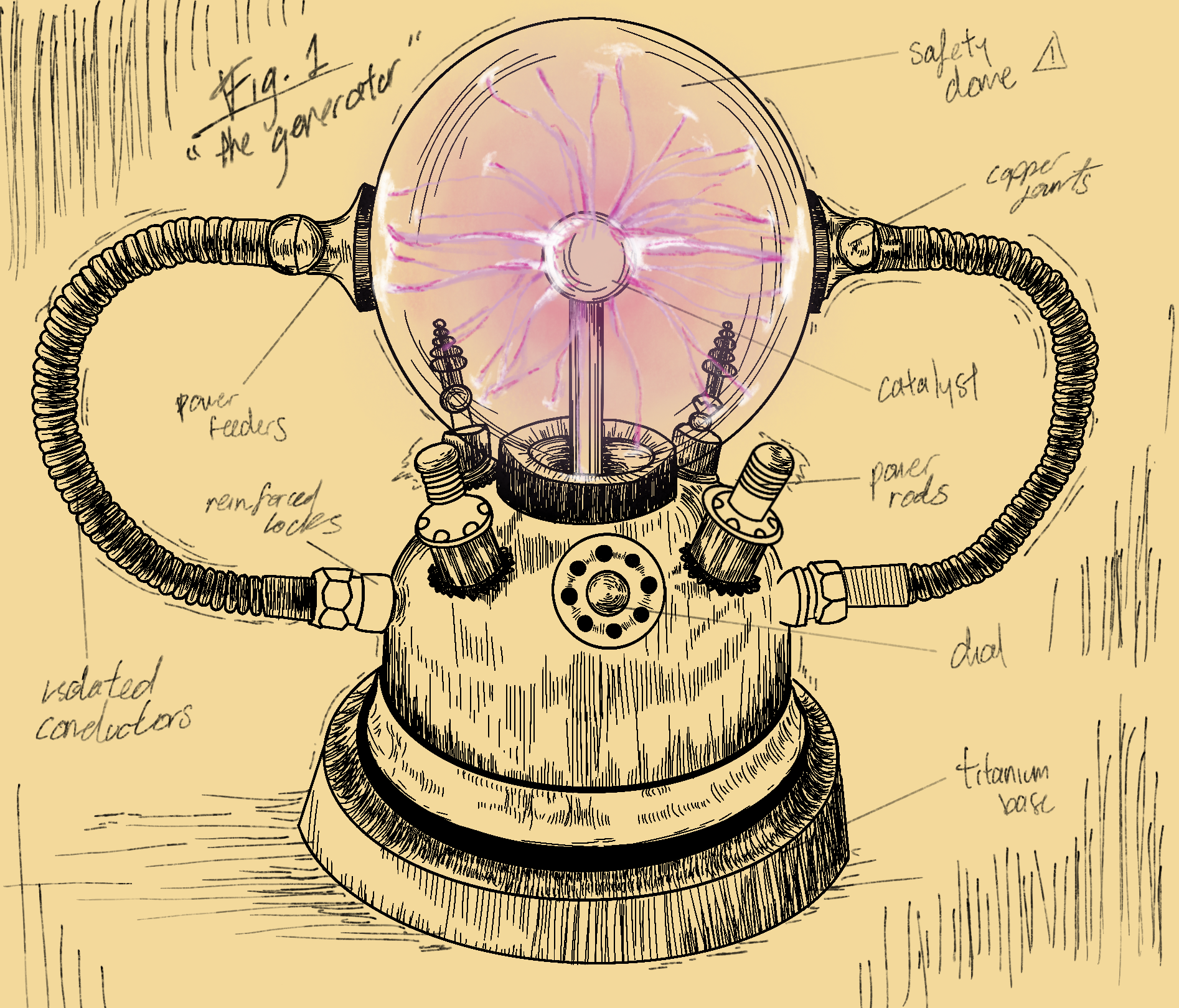
Recently, in one of my physics classes, I got to conduct an experiment on wireless power transfers. It was nothing short of magic to me, sparking a light of curiosity to understand every bit of its working. Physics isn't a true magic though — it's wired with logic and wonder, where simple falling water creates energy that enables you to use your phone today.
But have you ever truly wondered how electricity is generated and how it actually flows to power our everyday devices? Most of us learned the basics in school — but in this piece, I want to explore its journey once again, from its very origins to the moment it powers up your devices.
Electricity is the flow of energy. It is not something that is sitting and waiting for you to use. It is produced the instant you turn on your light switch, flowing instantly from its source to power your bulb. Such energy-packed sources range from falling water to very hot steam from burning fossil fuels to nuclear atoms, and from the sun to wind energy. Canada is one of the leaders in hydroelectricity where 60% of its energy comes from it while British Columbia produces 90%.
Now think of a dam, in which water stored high up holds potential energy. When the water is released and rushed down, it spins the turbines — changing that energy to kinetic energy. Those turbines further rotate a generator, which then converts the mechanical motion into electrical energy. Inside the generator, spinning magnets create changing magnetic fields, which through electromagnetic induction generate electric fields that push electrons in the wire throughout the grid and create electric current. In our power lines, the electrons don’t move in just one direction — they actually shift back and forth at about 60 times per second, which is usually called alternating current (AC).
But the electricity made at the dam isn’t ready for your home yet. Transformer stations change the low voltage to high voltage by giving the electrons more push through stronger electric fields, so it can travel long distances through power lines without wasting energy through heat. Then, when it reaches our cities it is again stepped down to low voltages which range between 120V - 240V. Finally, when the electricity reaches your home and you flip a switch, that energy flows through your bulb and is transformed into light and heat energy. Along the way, energy is never lost, only converted into different forms. This is all the law of conservation of energy at work — nothing created, nothing destroyed, just smart transformations all along the way.
All traditional forms of electricity require insulated wires or cables for smooth transmission, except for the wireless power transfer I previously mentioned. That works differently. The alternating current flows through the coil of wire, it creates a changing magnetic field around it, which in turn induces the current in the nearby coil through the same principle as the generator we discussed before. But both coils need to resonate at the same natural frequency to increase the efficiency of transfer. I am sure you might have come across the wireless charging in smartphones, where it gets charged without any cables.
At UBCO, research clusters are also contributing to advances in power technology. For example, the Energy Systems and Power Electronics Lab focuses on improving power electronics — a key technology that supports modern energy systems. Meanwhile, the Solar Energy for Net Zero Research Excellence Cluster is working on affordable materials for large-scale solar production, improving devices that turn sunlight into electricity and fuels, and solving power grid challenges related to solar energy integration.
As science and technology evolve, the way we understand and use electricity continues to become more efficient, innovative, and exciting.From flowing through wires to traveling wirelessly through the air, it keeps redefining what's possible and reshaping the world.Though electricity has always existed in nature,but what made the difference is humans ability to harness that into more usable forms and turning a natural force into something almost magical. So here I end my article with one of the quotes by master of electricity himself NIKOLA TESLA:
“ Invention is the most important product of man's creative brain. The ultimate purpose is the complete mastery of mind over the material world, the harnessing of human nature to human needs.”
― Nikola Tesla, My Inventions



